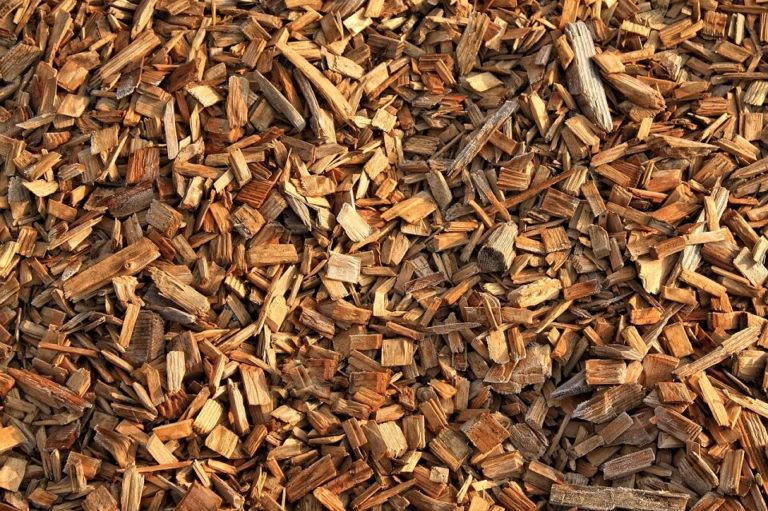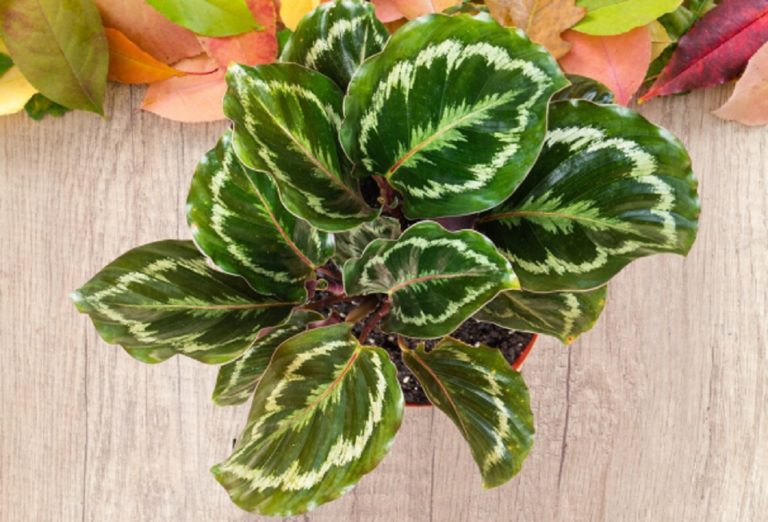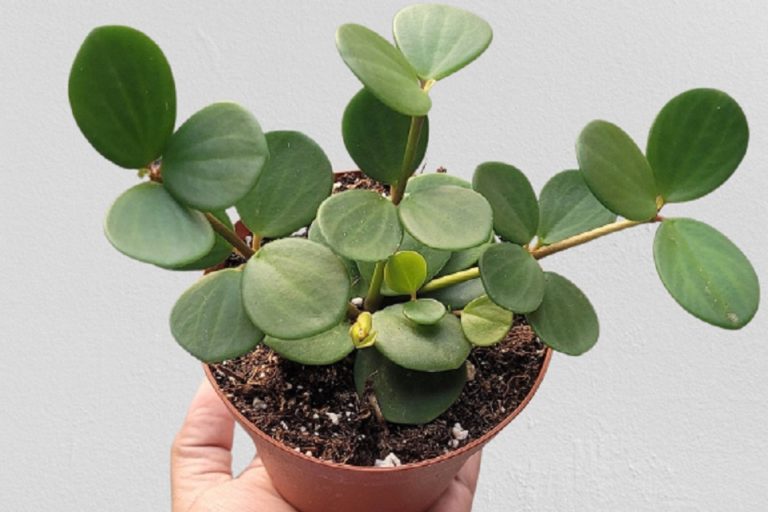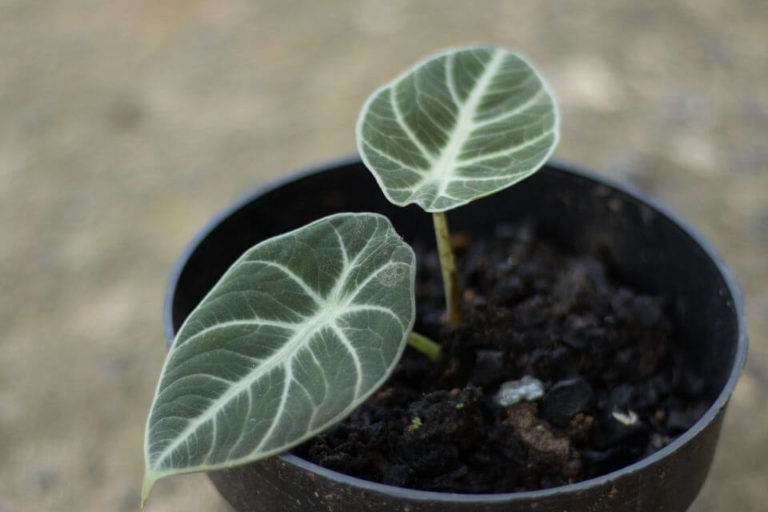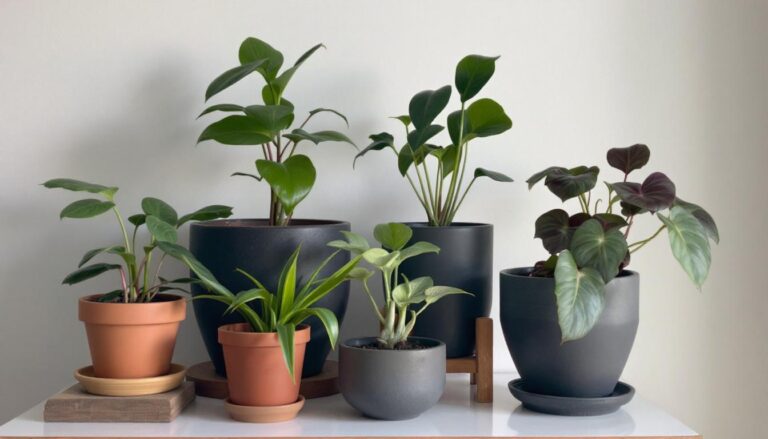The Benefits of Self Watering Pots for Maximizing Plant Health
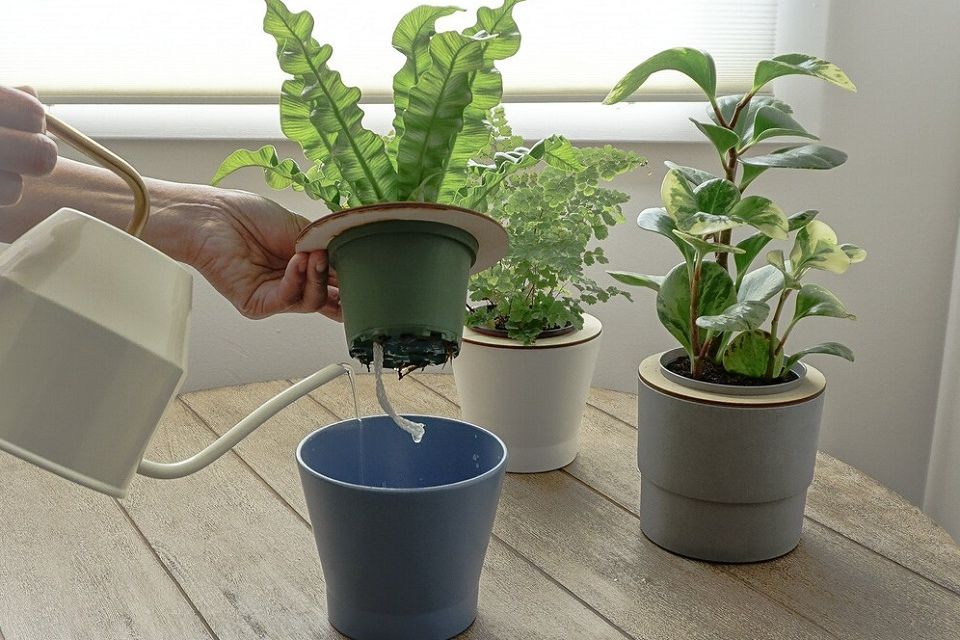
Self-watering pots are a game-changer for indoor plant enthusiasts. These innovative containers are designed to provide a consistent water supply to your plants, taking the guesswork and hassle out of plant care.
Whether you have a busy schedule or tend to forget about watering, self-watering pots offer a convenient solution to help your indoor plants thrive with minimal effort.
In this blog post, we’ll explore the benefits of self-watering pots and how they can make indoor gardening more manageable and enjoyable.
TABLE OF CONTENTS
The Benefits of Self-Watering Pots
Consistent Moisture Levels
Self-watering pots maintain consistent moisture levels for indoor plants. The built-in reservoir ensures that the soil remains adequately moist without the risk of becoming waterlogged. This feature is especially beneficial for plants that require stable moisture levels, such as ferns and African violets. With this consistent moisture, plants can thrive without the stress of fluctuating hydration levels.
Reduced Maintenance
One of the key advantages of self-watering pots is the reduced maintenance they offer. By eliminating the need for frequent watering, these pots provide a convenient solution for individuals with busy schedules or frequent travelers. This reduced maintenance not only saves time but also fosters a stress-free environment for plant care. With self-watering pots, maintaining indoor greenery becomes more manageable and less demanding.
Prevents Overwatering and Underwatering
Self-watering pots effectively prevent the common issues of overwatering and underwatering. The design allows plants to draw water from the reservoir as needed, preventing the risk of drowning the roots or allowing them to become parched. This feature promotes healthier root development and minimizes the likelihood of water-related plant problems. By providing a balanced water supply, self-watering pots contribute to the overall well-being of indoor plants.
Incorporating self-watering pots into your indoor plant care routine offers numerous benefits, including consistent moisture levels, reduced maintenance, and the prevention of overwatering and underwatering. These advantages make self-watering pots a valuable addition to any indoor gardening setup.
How Self-Watering Pots Work
Water Reservoir
Self-watering pots feature a hidden water reservoir that holds the water separately from the soil. The design allows the plant’s roots to draw up water as needed, creating an efficient and reliable watering system. This reservoir is typically located at the bottom of the pot and is accessed through a refill port, making it convenient for users to replenish the water supply without disturbing the plant.
Wick or Capillary Action
A common mechanism in self-watering pots involves a wick or capillary action, which allows water to move from the reservoir to the soil. The wick, usually made of cloth or rope, extends from the water reservoir into the soil. As the soil dries out, the wick draws water from the reservoir and delivers it directly to the plant’s roots, ensuring a consistent moisture level that promotes healthy growth.
Soil Moisture Sensor Options
Some advanced self-watering pots are equipped with soil moisture sensors that monitor the moisture levels in the soil. When the soil becomes too dry, the sensor triggers a mechanism to release water from the reservoir into the soil, effectively automating the watering process. This capability provides an extra layer of convenience for plant owners, ensuring that their indoor plants receive the right amount of hydration without the need for frequent manual checks.
Choosing the Right Self-Watering Pot for Your Plants
Size and Type of Plant
When choosing a self-watering pot, it’s crucial to consider the size and type of plant you’ll be placing in it. Larger plants with extensive root systems will require pots with more depth and width to accommodate their growth. For smaller plants, a compact pot will suffice. Take into account the plant’s water requirements as well. For example, succulents need a pot with good drainage, while moisture-loving ferns thrive in pots with a water reservoir.
Material and Aesthetic
Self-watering pots come in various materials like plastic, ceramic, and terracotta, each with its benefits. Plastic pots are lightweight and offer excellent moisture retention, while ceramic and terracotta pots provide better breathability for the roots. Consider the aesthetic aspect as well; choose a pot that complements your interior decor and enhances the overall visual appeal of your space.
Additional Features to Consider
When selecting a self-watering pot, look for additional features that can make plant care more convenient. Some pots have water level indicators, allowing you to monitor the water supply easily. Others come with wicking systems that efficiently draw water up into the soil, ensuring optimal moisture levels for your plants. Consider the maintenance aspect too – removable parts and easy-to-clean designs can simplify the watering process and upkeep of your indoor plants.
Setting Up and Using Self-Watering Pots
Preparing the Pot
When setting up a self-watering pot for your indoor plants, start by choosing a location with the right light conditions for your plant. Next, ensure that the pot has proper drainage by adding a layer of small stones or a drainage screen at the bottom. This helps to prevent waterlogging, allowing the plant’s roots to breathe. Once the drainage is set up, fill the pot with a high-quality potting mix suited for your specific plant.
Filling the Water Reservoir
Most self-watering pots come with a water reservoir, usually located at the bottom of the pot. To fill the reservoir, lift the cap or remove the designated plug and fill it with water until the indicator shows that it’s full. It’s essential not to overfill the reservoir, as it can lead to waterlogging. The cap or plug should then be securely placed back to prevent any spills. Consider using filtered water, especially if your tap water contains high levels of minerals.
Monitoring and Adjusting Water Levels
Regularly monitor the water level in the reservoir to ensure that it doesn’t run dry, especially during warmer months when plants tend to require more water. Some pots come with water level indicators, making it easier to determine when it’s time for a refill. Adjust the water level based on your plant’s needs and the environmental conditions. Over time, you’ll become familiar with how often you need to refill the reservoir to maintain optimal moisture levels for your indoor plants.
Best Practices for Indoor Plants in Self-Watering Pots
Selecting Appropriate Plants
When choosing plants for self-watering pots, consider selecting those that thrive in consistently moist environments. Plants like peace lilies, spider plants, and pothos are ideal choices. These varieties are known for their adaptability to the self-watering system, reducing the risk of over or under watering.
Soil and Fertilizer Considerations
The type of soil used in self-watering pots plays a crucial role in the overall health of your indoor plants. Opt for a high-quality, well-draining potting mix specifically formulated for indoor plants. Additionally, consider incorporating a slow-release fertilizer into the soil to ensure your plants receive essential nutrients over an extended period.
Positioning and Light Requirements
Proper placement of your self-watering pots is vital for the well-being of your indoor plants. Consider the light requirements of the specific plants you have chosen and position the pots accordingly. For example, plants that thrive in bright, indirect light should be placed near a window, while those that prefer lower light conditions can be positioned in more shaded areas of your home. Always monitor the lighting conditions and adjust the placement as needed to ensure optimal growth.
Conclusion
Self-watering pots are a great option for indoor plant enthusiasts who want to ensure their plants receive consistent moisture without the risk of overwatering. These innovative pots use a reservoir system to provide water to the plants as needed, making it easier to maintain healthy and thriving indoor greenery. With the convenience and efficiency they offer, self-watering pots are a valuable investment for any plant lover looking to simplify their watering routine and promote optimal plant growth.


